Can Squirrels Eat Cherry Pits?
Squirrels are fascinating little creatures with curious eating habits. If you’ve ever found yourself wondering, can squirrels eat cherry pits? you’re not alone. As someone who loves both these furry critters and gardening, I often ponder the safety of various foods for them.

Can Squirrels Eat Cherry Pits?
Squirrels should avoid eating cherry pits because they contain cyanogenic compounds that can be toxic. It’s safer to remove the pits before giving cherries to squirrels.
I remember the first time I saw a squirrel nibbling on a cherry in my backyard. It looked so cute, but I immediately worried about the pits. After doing some research, I found out that while squirrels do enjoy the fruit’s flesh, the pits should be avoided due to their toxic nature.
Ensuring that cherry pits are removed before giving cherries to squirrels can help keep them healthy.
It’s natural to want to share our snacks with our garden visitors, but it’s important to know what’s safe and what isn’t. If you’re like me and occasionally feed the local wildlife, understanding the risks of certain foods helps us make better choices for their wellbeing.
Squirrel Diet and Nutrition
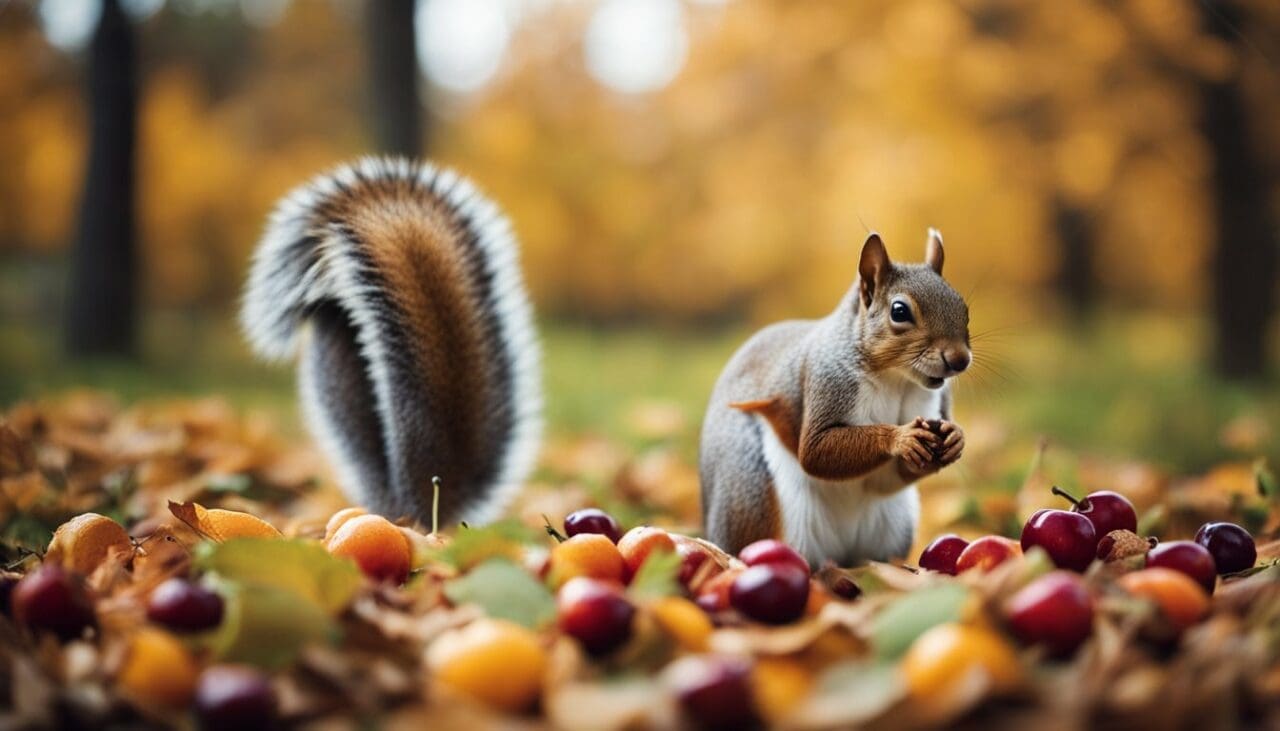
Squirrels love a varied diet that includes nuts, fruits, seeds, and more. While they can eat cherry pits, there are some risks. Let’s look into what they naturally eat, the dangers of cherry pits, and safer options.
Natural Foods and Dietary Habits
Squirrels munch on a wide range of foods in the wild. Nuts such as acorns and sunflower seeds are a favorite.
They also eat a good amount of fruits like apples, pears, peaches, and nectarines. You might see them snacking on berries such as strawberries, blueberries, and blackberries.
These foods are rich in carbohydrates, protein, fat, and fiber, which are essential for their health.
Fruits provide them with vitamins and sugars that give them energy. Nuts offer needed nutrients like protein and fat.
By eating a mix of these foods, squirrels get a balanced diet that keeps them healthy.
Risks of Feeding Squirrels Cherry Pits

Cherry pits can be risky for squirrels. They contain amygdalin, which can release cyanide when eaten. This can be harmful in large amounts.
While squirrels can eat small amounts of cherry pits, it’s better to limit how often you give these to them.
Another problem is that cherry pits are hard and can damage a squirrel’s teeth. This can lead to issues with eating and chewing their usual diet.
If you want to give squirrels a treat, it’s safer to choose other options.
Subscribe to the Free VIP Squirrel Scoop Insider Magazine
Written by none other than Bart the Balcony Squirrel, this lighthearted take on life and current squirrel-related world events is sure to bring a smile to your face. From his perch on the Kitty City Squirrels balcony, Bart brings a unique and entertaining perspective to every issue. Why wait, Subscribe now!

Safe Alternatives to Cherry Pits
It’s important to find alternatives that are safe and healthy. You can offer squirrels a variety of other fruits and nuts as treats:
- Fruits:
- Apples
- Pears
- Berries
- Nuts:
- Walnuts
- Sunflower seeds
These treats not only provide essential carbohydrates and protein but are also fun for squirrels to forage and eat. Keeping their treats moderate ensures they get a balanced diet. By providing safe, nutritious options, we can help squirrels stay healthy and happy.
Protecting Wildlife and Gardens
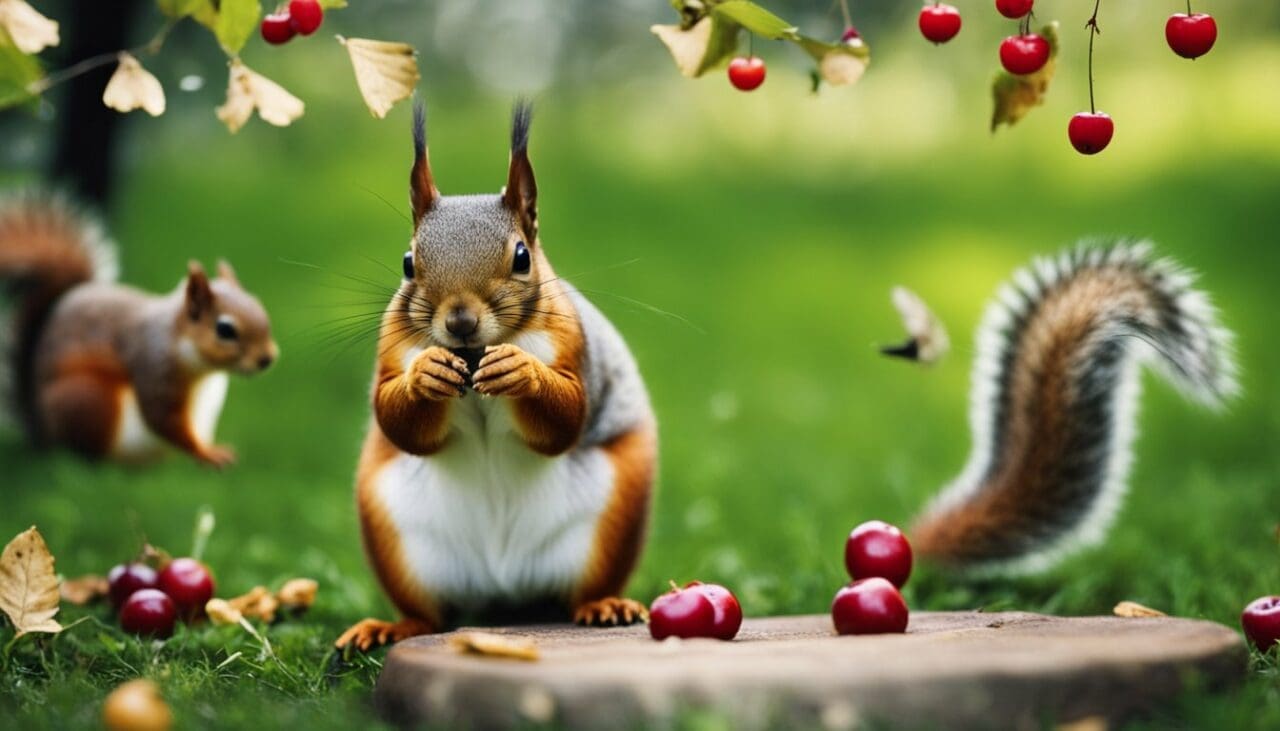
Keeping your garden safe while ensuring the well-being of squirrels can be a bit challenging. From using barriers to understanding the impact of cherry pits on squirrel health, it requires some careful planning.
Preventing Squirrel Access to Cherry Trees
I’ve found that netting can be quite effective in preventing squirrels from getting to the cherries on my trees.
By covering the trees with fine mesh netting, I can keep these little critters out without harming them.
Another method that works well is using squirrel-proof fencing. This special fencing can prevent squirrels from climbing up the tree trunks.
It’s important to regularly check and maintain this fencing to ensure there are no gaps.
Natural repellents like mint, garlic, and coffee grounds can also deter squirrels.
I’ve sprinkled these around my garden, and it seems to keep the squirrels away. Just be consistent and reapply after rain.
Looking for a Rehabber? Here are 3 Resources
- Squirrel Rehab Locator Map – input your zip code or city into the search bar of Google Maps.
- Animal Help Now – licensed rehabber directory
- Squirrel Connections – licensed rehabber directory by state
Can Squirrels Eat Cherry Pits – Health Impact
Cherry pits contain cyanide, which is harmful to squirrels. I always make sure to remove pits from cherries using this cherry pitter tool. This is crucial in preventing cyanide poisoning, which can cause major health issues for these furry friends.
Squirrels might accidentally ingest cyanide from the pits, leading to symptoms like weakness and difficulty in breathing. It’s not just about them eating it regularly; even a small amount can be toxic. If you suspect cyanide poisoning, you need to seek veterinary care right away.
By taking these precautions, I can protect the health of squirrels who visit my garden. Removing pits and watching out for any suspicious symptoms helps me keep them safe while they enjoy the fruits in a more controlled manner.

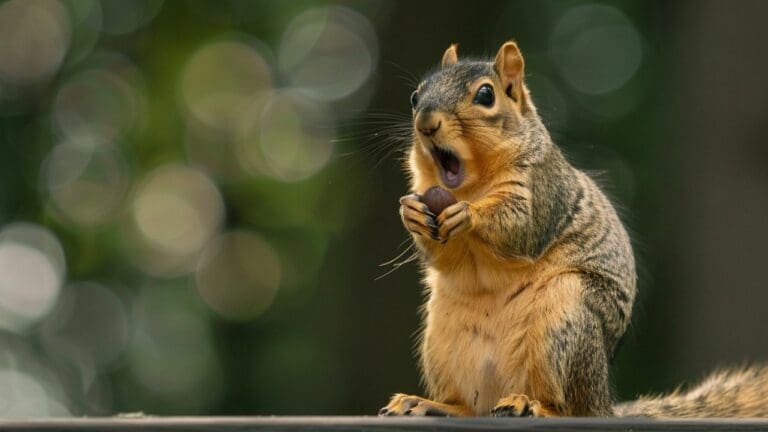

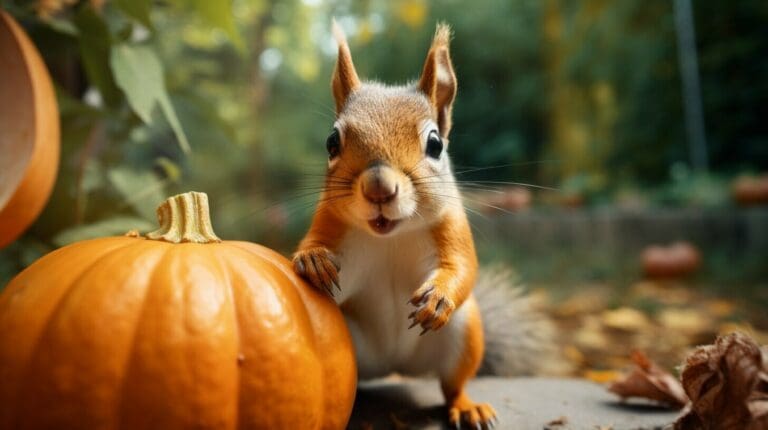

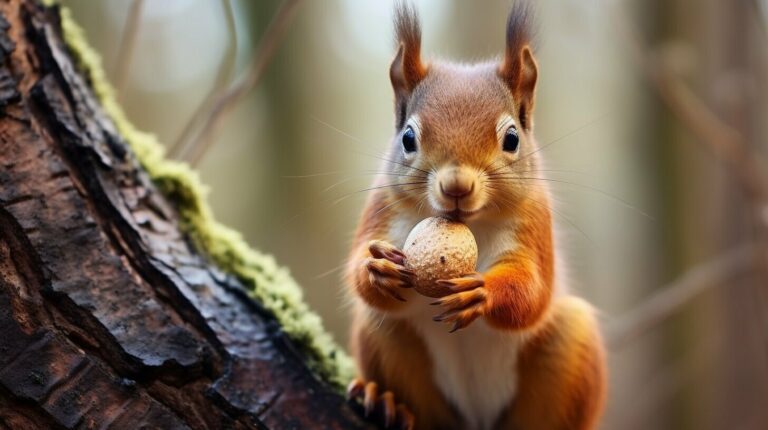
Really appreciated the part about the risks of feeding squirrels cherry pits. Had no idea they contained something as dangerous as cyanide! Nice to see practical advice for alternative treats too.
Does this mean all seeds and pits are bad for squirrels or just cherries?
The section on using netting to prevent squirrels from accessing cherry trees was invaluable. I have struggled with this for seasons! Implementing your advice this spring.
Isn’t it a bit overcautious to remove every single pit? Squirrels in the wild eat all sorts of things with minimal human intervention.
Informative read on squirrel nutrition. Always good to learn more about our furry friends and their dietary needs.
While the article mentions the toxicity of cherry pits, it doesn’t delve into the quantity that would be harmful. Squirrels are quite resilient creatures.
Great, now I have to vet each cherry like it’s a secret agent before giving it to squirrels. Thanks for the added paranoia, Merideth Sweeney.
But think of the happy, healthy squirrels!
True, Belinda. Can’t wait to start my career as a squirrel chef.
I wonder about the impact of removing all natural risks like cherry pits from a squirrel’s diet. Does this not interfere with their ability to identify and avoid dangers in the wild?
It’s heartwarming to see so much care for wildlife. Informing the public about the hazards of certain seemingly harmless actions like feeding squirrels cherry pits is crucial.